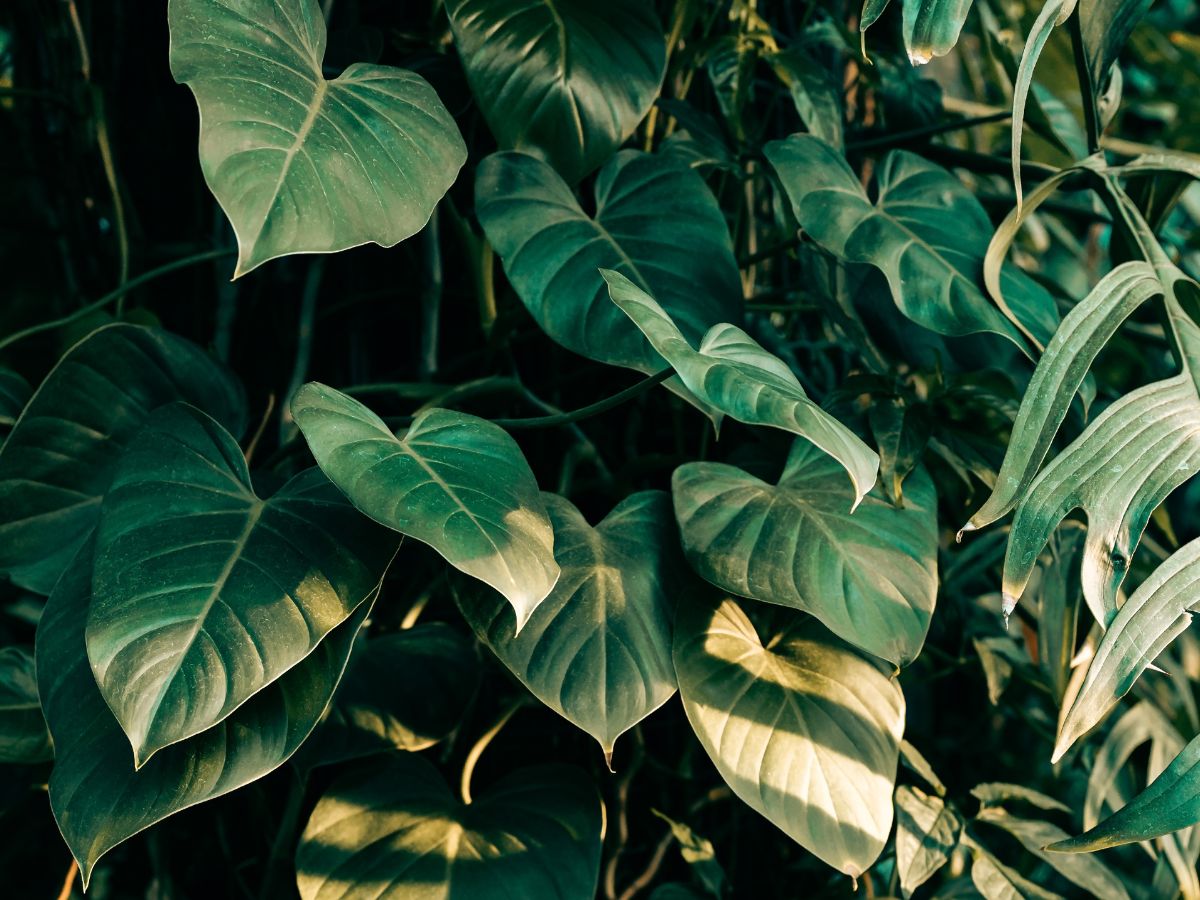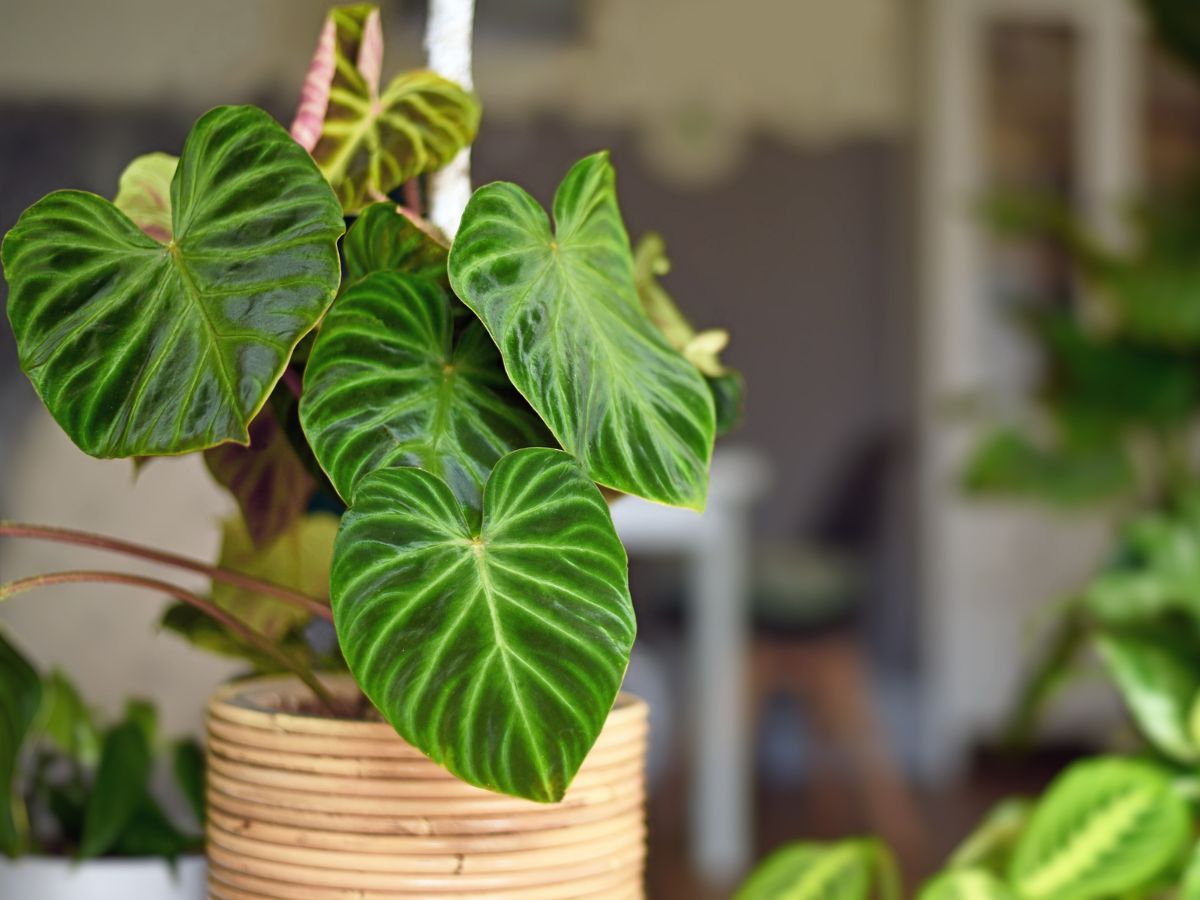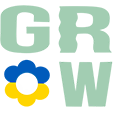Philodendron gloriosum is a particularly beautiful plant with large, unusual leaves. Finding a culture so suitable for room placement is very difficult. Philodendrons love careful care and demonstrate all their qualities only under the ideal selection of conditions. But there are several secrets and rules to growing philodendrons, so they can easily become a friendly, durable addition to your collection. They can fulfill the function of dividing the space and creating large green accents.
The genus Philodendron, numbering according to various sources, from 450 to 1000 species (many have not yet been described), is part of the extensive Araceae family. The plant is native to Colombia and other tropical parts of the world. Quite often found in Mexico, Central America, Ecuador, Peru, as well as in the western parts of Venezuela and Brazil. They grow as evergreen perennial, often unbranched, herbaceous vines.
All philodendrons are exclusively tropical plants; they live in warm and humid forests and cannot grow in colder conditions. In their homeland, it rains almost every day for most of the year, and even during periods of drought, tropical forests retain high humidity. Philodendrons absorb airborne moisture with their long aerial roots. The whole life of these plants is closely connected with trees, hence their scientific name, derived from two Latin words “phileo” – to love and “dendron” – tree.
Unusual Plant Varieties

And if you are looking for a more unusual gloriosum with a dark form, we strongly recommend that you take a closer look at philodendron glorious, which is a hybrid of philodendron gloriosum x melanochrysum.
Philodendron Gloriosum vs Glorious
The glorious plant combines different characteristics from the original ones. However, as a rule, its leaves are longer and narrower than those of philodendron gloriosum, and also darker due to Melanochrysum. Often, young plants are similar to philodendron gloriosum. The more obvious difference is that Glorious has an oval petiole, while Gloriosum has a D-shaped petiole and is flat at the top.
Philodendron Pastazanum vs Gloriosum
Philodendron pastazanum is another rare and very unusual species of philodendron with heart-shaped leaves. The plant has hard petioles, moderate to dark green and appears semi-glossy, and has bright white stripes along with the leaves. Their V-shaped sinus distinguishes them from all other philodendron species.
Now that you have a closer look at the plant, let’s find out how to care for the beautiful gloriosum.
Philodendron Gloriosum Care

Lighting
Indirect sunlight is best for this plant. It is not recommended placing it in a place that is too dark or where it can be exposed to direct sunlight. Otherwise, you may not see large leaves with beautiful veins.
Temperature
The best temperature for philo gloriosum is from 50 to 95 °F. Temperatures should be between 60 and 70 °F at night. Make sure the philodendron is protected from drafts.
Gloriosum grows great in USDA hardiness zone 11.
Watering
Watering the gloriosum should be organized in such a way that the substrate does not remain dry for a long time, otherwise, drought may immediately affect the decorative qualities of the plant. First, the tips of the leaves dry, then the whole leaves in the lower part of the plant dry out and fall off. Excess moisture leads to the fact that the leaves of the philodendron turn yellow. The philodendron turns yellow, however, in some other cases, for example, when overfeeding with fertilizers. Water for irrigation must be used either boiled or settled.
Humidity
The humidity of air when growing philodendron gloriosum should be, if not like in a tropical forest, then still very high. The lack of humidity may immediately affect the appearance of the leaves: they may become smaller. These plants thrive in 60-80% humidity. They can also withstand humidity around 40-50%, but this is certainly not ideal for them. We also recommend that you remember to spray the plant or purchase a moisturizer.
Fertilizer
In tropical forests, philodendrons feed on animal excrement, rotted tree foliage, insect waste products, rainwater, and dust dissolved in it. Indoor species of philodendrons respond well to fertilizers with an equal percentage of nitrogen, potassium, and phosphorus, but the concentration of the solution should be weaker than that indicated by the manufacturers by 20%, and the more often the feeding, the weaker the concentration should be.
The Soil
Philodendron gloriosum works best in well-drained soil rich in organic matter. For example, you can use an orchid potting mix and add perlite and peat to improve aeration and lighten the soil. Don’t forget, adequate oxygen is vital for this plant. Charcoal is another ingredient in many aroid mixtures. It is believed to sweeten the soil and flush out toxins. Someone might ask why plants value charcoal in soil. The reason is pretty simple. You should always try to mimic the natural habitat of the plant you are growing as best as possible. From time to time, the forest burns out naturally due to forest fires. Charcoal, a product of burnt trees, is therefore present in the natural habitat of aroids.
If the soil is firm, it can choke the roots of the Philodendron gloriosum and cause root rot symptoms. You can also grow this plant in 100% sphagnum moss. Remember to fertilize the plant from time to time, however, as the moss would not contain any nutrients. The best soil pH is between 5-8.
Repotting
The philodendron is transplanted in the spring, as needed: young plants – annually, adults – once every 3-4 years. A too cramped pot or renewal of old soil can be considered a necessity. The substrate for this tropical plant should be slightly acidic, light, porous, breathable, and at the same time nutritious. It can be based on orchid soil, consisting of charcoal, sphagnum moss, peat, and bark. To this mixture, you need to add perlite or sand, high moor peat, and leaf (herbal) humus. Such a composition can provide air access to the roots and, having quickly passed water through itself, can remain moist for a long time. You would not need any special instructions on how to transplant a philodendron: it is enough just to gently remove the plant from the pot and place it in a new, wider one.
How to Propagate Philodendron Gloriosum

Propagation of philodendron gloriosum is a fairly simple procedure, which is similar to the propagation of any other plant. Rooting the top cuttings or stem parts with side shoots is the easiest way to get a new philodendron gloriosum. With the second method of cuttings, make sure that leaves develop on the side branches. At the first – cut not short cuttings, but the tops 12-15 cm long. In any case, it is better to root cuttings in wet peat or peat substrate in greenhouse conditions and with very strict temperature control: the permissible range is from 68 to 71 °F. Evidence that the philodendron gloriosum has taken root is the emergence of a new leaf. Further, it can be looked after as a mature plant.
Toxicity
Its juice can irritate the skin and mucous membranes. When interacting with it, we strongly recommend the use of gloves. And after all the procedures, do not forget to wash your hands and tools well.
Problems in Caring for a Philodendron
Withering and yellowing of philodendron gloriosum leaves is most often a sign of improper care. For example, excessive fertilization results in dark spots on the leaf blades. At the same time, lack of nutrients causes yellowing or discoloration of the leaves, on which dark veins remain. The browning of the tips of the leaf plates can be the result of watering with hard and/or cold water, hypothermia, irrigation, or dry indoor air.
Waterlogging of the soil gradually leads to the development of root rot, which in turn causes yellowing and wilting of the philodendron, the base of the vine darkens and softens. In this case, you should immediately remove the affected roots, treat them with a fungicide, and transplant the vine into a new pot and soil. The main pests: thrips, mealybugs, scale insects. Treat the attacked indoor philodendron with soapy water. In case of severe damage, they are treated with a chemical insecticide.
As you can see, philodendron gloriosum is a demanding plant, but it is quite easy to care for. If you follow all the above rules, you can receive an incredibly beautiful plant that would delight your eye as a reward. Just remember that it is toxic and make sure that your children or pets cannot reach it.


